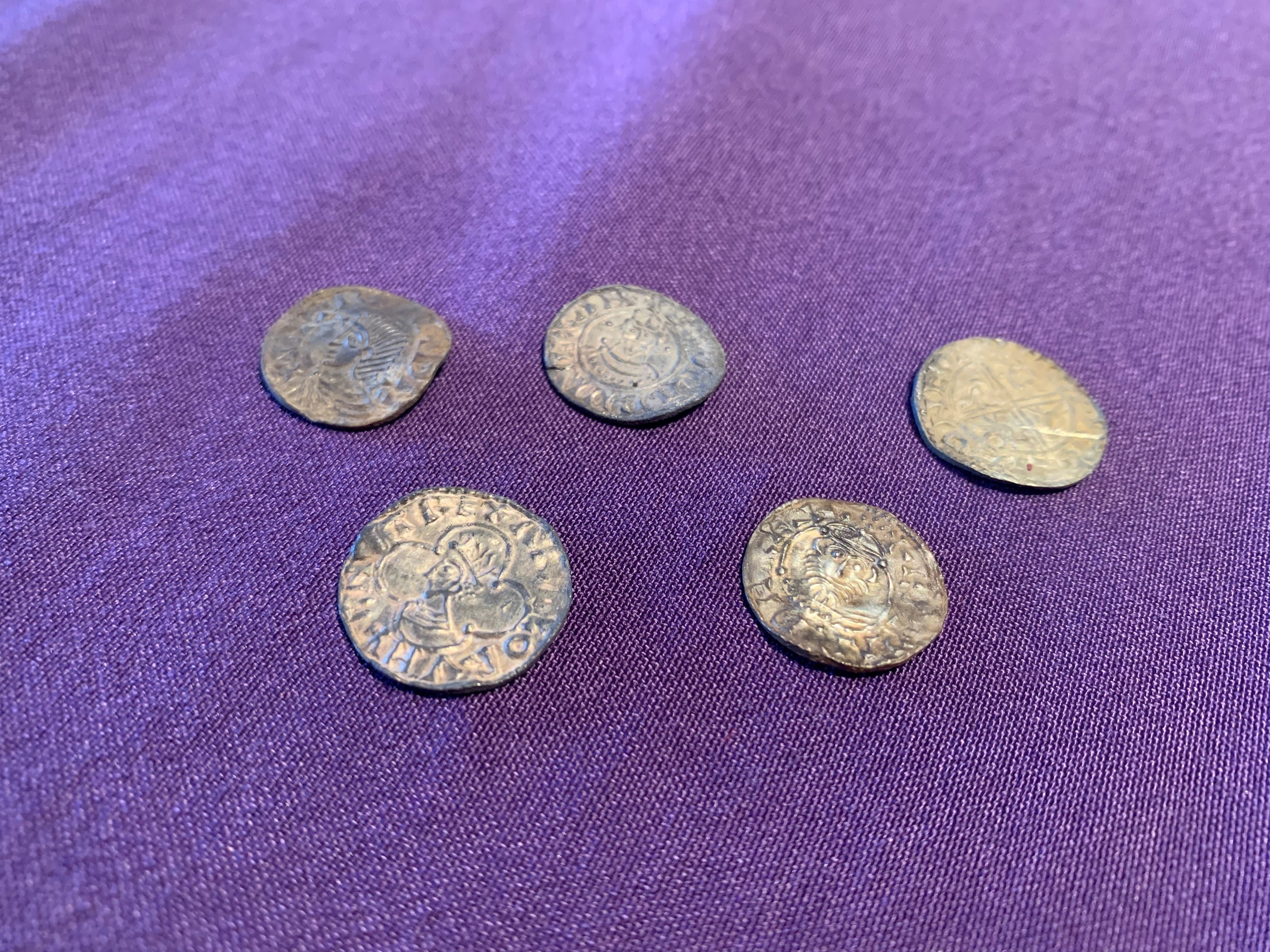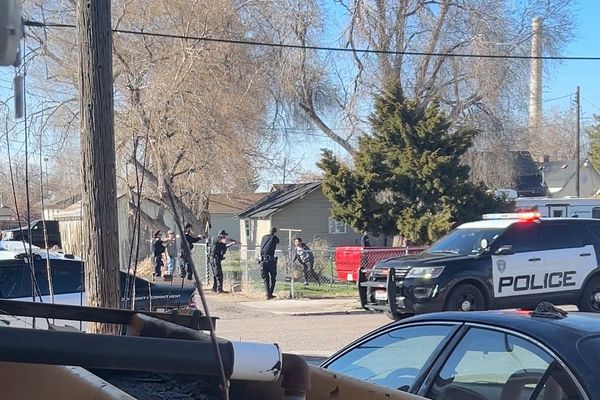
Dozens of ancient coins believed to have been stolen by Roman troops during the conquest of Britain have been unearthed in a Dutch field.
The 44 gold coins bearing the inscription of AD40 British Celtic King Cunobelin were discovered in Bunnik, near Utrecht, by amateur archaeologists.
The “stater” coins were found at less than 30cm below the surface of the soil amount to 11 years in wages for an ordinary Roman soldier, according to the Dutch National Museum of Antiquities.
The “wide chronological range” of the coins suggest they were taken as spoils from the early Roman conquest of Britain under the general Aulus Plautius between AD43-47, the museum added.
The area where the coins were discovered was a site from which the Romans had prepared for first crossing to Britain.

It now appears that it was also an area to which the conquering troops returned when back on the mainland.
Last year, amateur archaeologists managed to find dozens of 1,000-year-old Viking silver coins, dating from AD 1000 to 1065, on the Isle of Man.
The majority were minted during the reign of Edward the Confessor (AD 1042 to 1066) with English kings Aethelred II (AD 978 - 1016) and Canute (AD 1016 to 1035) also present, according to the Manx heritage.
“This is a wonderful find which helps further our understanding of the complex Viking Age economy in the Isle of Man,” Alison Fox, Curator for Archaeology for Manx National Heritage, said.
“More Viking Age silver has been discovered per square kilometre [on the Isle of Man] than in England, Ireland, Scotland and Wales,” she added.
There were various English mints represented, including York, London, Lincoln, Cambridge, Hastings, Ipswich and Exeter.
The Irish coins date from the middle of decades of AD 1000 and were all minted in Dublin, and feature the profile of King Sihtric Silkbeard who served as Norse King of Dublin from AD 989 to 1036.







